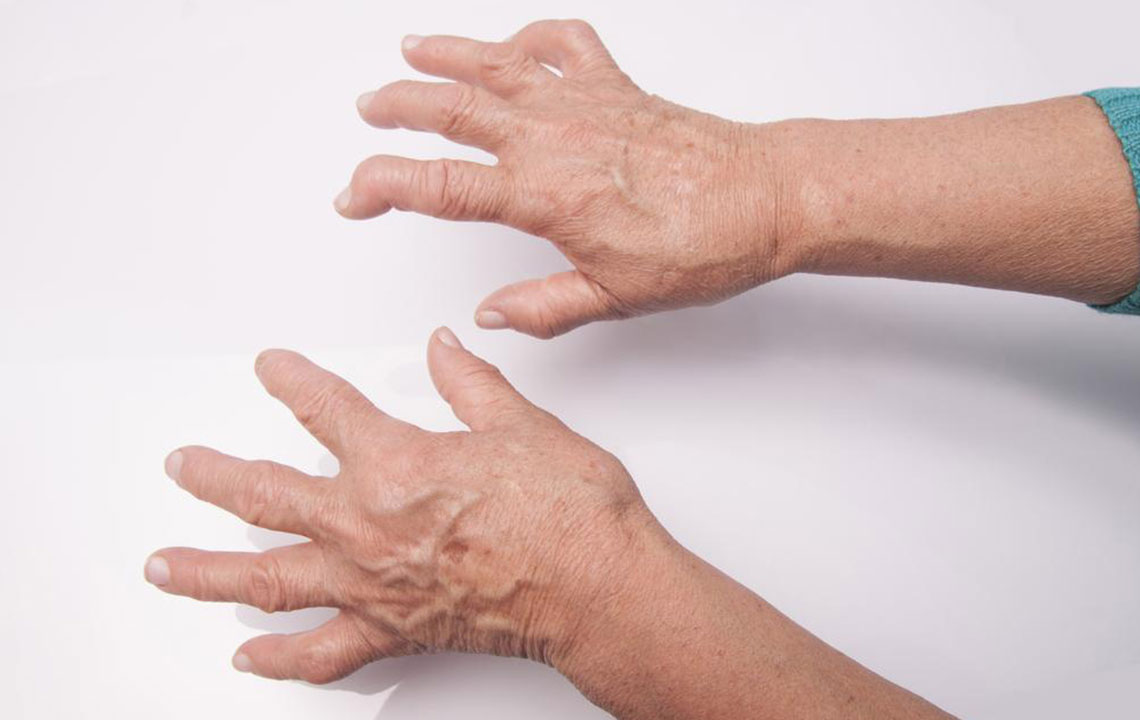Recognizing Key Symptoms of Crohn’s Disease: A Comprehensive Guide
This comprehensive guide provides essential insights into Crohn’s disease symptoms, highlighting early signs, progression, and location-specific indicators. Understanding these symptoms helps in early detection and effective management of the disease, which can affect any part of the gastrointestinal tract. Recognizing the variations in symptoms based on affected areas allows for better diagnosis and treatment planning. The article emphasizes consulting healthcare professionals for proper diagnosis and care, ensuring timely medical intervention to mitigate complications.

Recognizing Key Symptoms of Crohn’s Disease: A Comprehensive Guide
Crohn’s disease is a prevalent inflammatory bowel condition that impacts nearly 700,000 individuals annually. Although the exact cause remains unclear and no permanent cure exists, it is known that Crohn’s can affect any part of the gastrointestinal (GI) tract. Symptoms vary widely among individuals, often shifting in severity over time. While some experience mild signs, others may face serious complications. Certain symptoms are localized to specific GI areas, leading to unique clinical presentations.
Crohn’s symptoms typically develop gradually, often starting with mild issues like diarrhea that worsen over time. Early signs include abdominal pain, often centered around the naval area, radiating to the right lower abdomen, especially after eating. Alongside pain, sufferers may notice swelling, cramps, fever, fatigue, appetite loss, weight reduction, frequent bowel movements, constipation, and general discomfort.
Initial indications of Crohn’s
Symptoms tend to appear gradually and may progress over time. Mild initial signs can escalate into persistent digestive issues. Common early signs include abdominal pain after eating, swelling, fever, fatigue, loss of appetite, weight loss, frequent bowel movements, and constipation. If these symptoms persist, medical evaluation is essential.
Progression of Crohn’s symptoms
Without proper diagnosis or treatment, mild symptoms can worsen into severe conditions like anal fistulas, significant ulcers from mouth to anus, joint and skin inflammation, frequent diarrhea, intense pain, sustained fever, drastic weight loss, anemia, vomiting, and intestinal blockages.
Symptoms specific to colonic Crohn’s
When the colon is affected, symptom patterns depend on which part is involved. Right-sided colon issues may cause cramping, while left-sided involvement can lead to bloody stools. Rectal involvement often results in bloody diarrhea and bowel movement difficulties.
Signs when the small intestine is affected
Crohn’s in the small intestine can cause severe weight loss, diarrhea, cramps, constipation, intense pain, and appetite loss, often leading to malnutrition.
Crohn’s disease involving the stomach
Symptoms in the stomach are sometimes absent but can include upper abdominal pain that occurs during or after meals, nausea, vomiting, weight loss, and loss of appetite. Bloating and narrowing of the stomach outlet due to scarring may also occur.
Symptoms impacting the mouth, esophagus, and appendix
Crohn’s affecting the appendix resembles appendicitis. When the esophagus is involved, patients experience severe pain behind the breastbone when swallowing, along with sores in the mouth. Narrowed esophagus may cause food to get lodged, making eating difficult.
Involvement of the ileum and colon
Affected ileum can cause symptoms overlapping with colonic Crohn’s, and some patients experience combined symptoms, reflecting disease in multiple areas.










